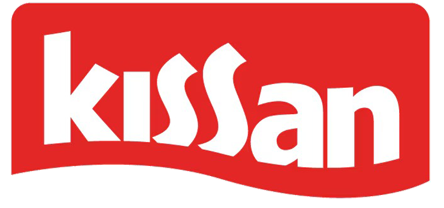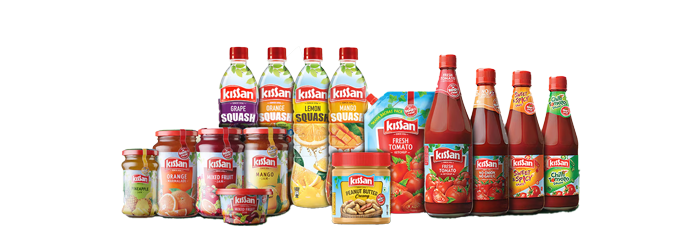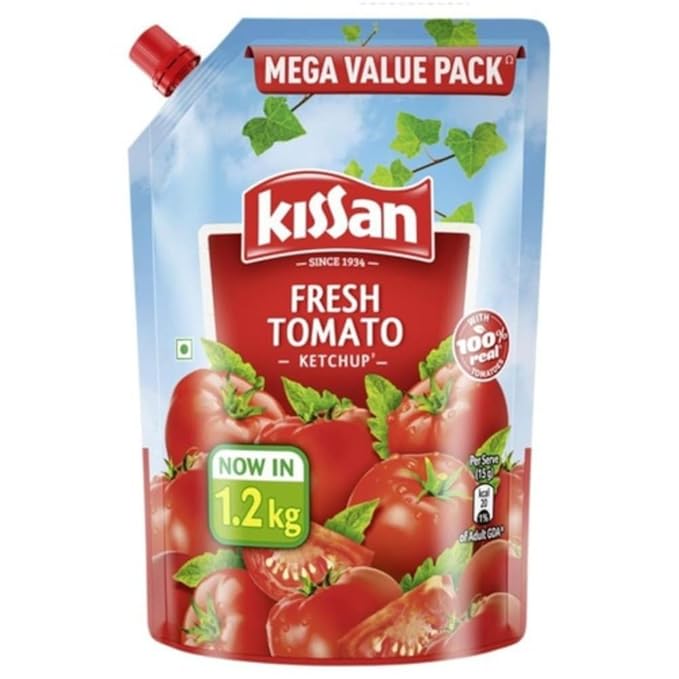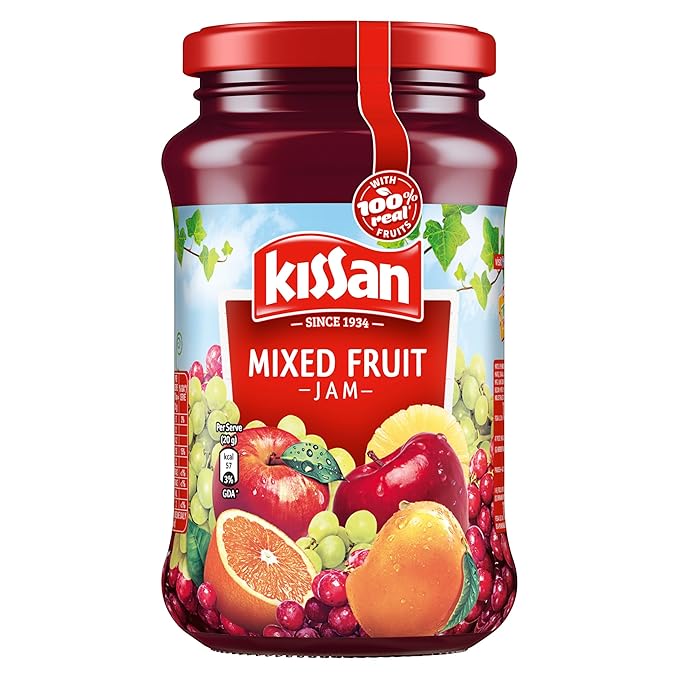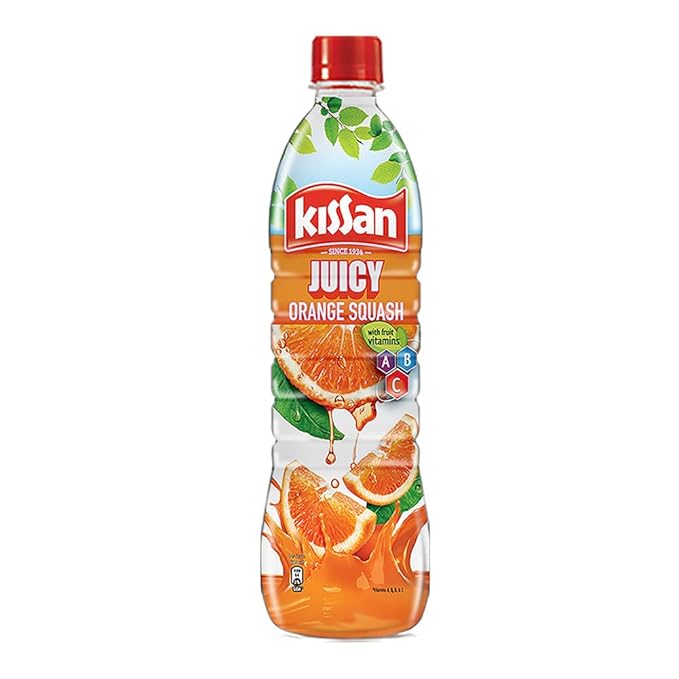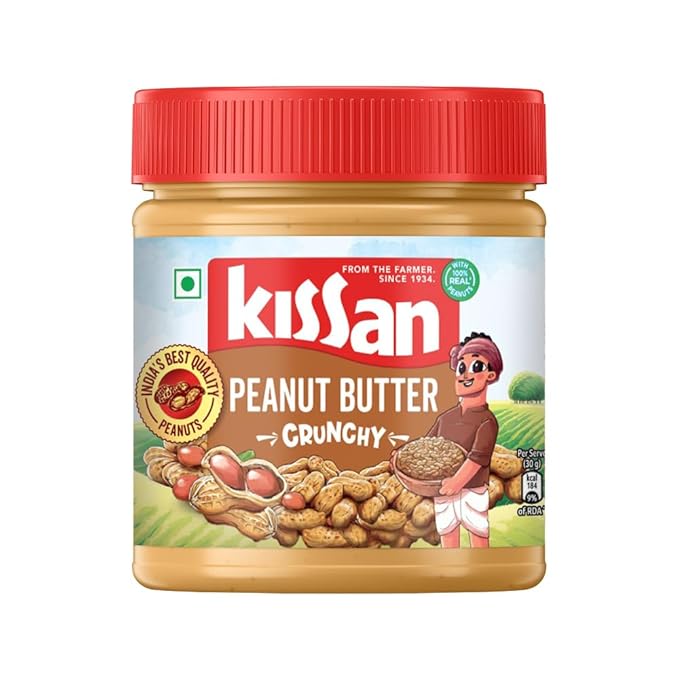Brand Overview
Brand:
Kissan
Parent Company:
Hindustan Unilever Ltd. (HUL)
Core Categories:
Foods
Taglines Over the Years:
- Kissan - Real Taste. Real Goodness.
- Kissanpur - Discover the joy of growing your own food
Market Context at Launch
Pre-Independence India (1930s–40s):
- Imported jams and preserves were niche, consumed by elite and British families.
- The market lacked indigenous packaged fruit products.
- Kissan, started by Mitchell Bros, served British armed forces with canned foods.
- Kissan was taken over by the Indian government post-1947 as part of import substitution efforts.
- Sold to the UB Group in the 1950s, then to HUL in 1993.
- Evolved from canned fruits to mass-market ketchup and jam brand for Indian families.
Marketing Mix (4Ps)
Product Strategy
Core Product Categories:
- Fruit Jams – Mixed Fruit, Mango, Strawberry, Orange
- Tomato Ketchup – Regular, No Onion No Garlic, Squeezo packs
- Fresh Sauces – Schezwan, Chilli, Pizza-Pasta Sauce
- Fruit Squashes – (Phased out in many markets)
- Focus on real fruit ingredients.
- Tailored for Indian palate preferences – sweet, tangy, spicy.
- Smooth textures and child-friendly formats (e.g., squeeze packs, tubes).
Pricing Strategy
- Mass-premium positioning – affordable for middle-class households.
- Priced slightly higher than local competitors but lower than imported brands.
- Offered in multi-size SKUs from ₹10 to ₹150+ for wide market coverage.
Promotion Strategy
Positioning Evolution:
- Initially: Healthy, wholesome fruit products for families
- 2000s: Tiffin-time friend for kids
- 2010s: Kissanpur campaign – building emotional connect with “real food”
- 2020s: Modern mother, authentic ingredients, joy of natural taste
- “Kissanpur” (2013–2017):
- Encouraged kids to grow tomatoes at home.
- Sent tomato seeds inside packs.
- CSR-driven yet deeply branded.
- Highlighted “ketchup made from real tomatoes grown with love.”
- “Real Taste Comes from Real Tomatoes” – reinforced authenticity
- Digital & Content Plays:
- YouTube recipes, snack ideas with ketchup
- Instagram-led campaigns with parenting bloggers and kid influencers
- Wholesome, emotional, mother-child relationships, trust + nourishment
- Strikes a balance between playfulness and health reassurance
Distribution Strategy
- Distributed through HUL's extensive network of grocery outlets, kirana stores, supermarkets, and e-commerce.
- Strong availability in urban and semi-urban areas.
- Modern trade and online grocery (BigBasket, Blinkit, etc.) helped expand presence in 2020s.
Competitive Landscape
Key Competitors:
- Ketchup: Maggi (NestlÉ), Heinz, Del Monte, Cremica
- Jams: Bhuira, Mapro, Druk, homemade/preserve brands
- Sauces: Ching's Secret, Veeba, FunFoods (Dr. Oetker), Smith & Jones
Kissan's Competitive Edge:
- Legacy and trust (over 75 years old)
- Perception of being fruit-based and child-safe
- Stronger brand equity in jam than ketchup
- Emotion-led campaigns tied to "real food" movement
Challenges & Strategic Responses
Challenges:
- Health perception: Jams and ketchups seen as sugar-laden or processed.
- Competition from niche gourmet brands with low-sugar/no-preservative offerings.
- Limited innovation for a few years in the 2010s.
- Changing consumption patterns – less bread, more ready-to-eat snacks.
- Kissan Fresh Tomato Ketchup with 100% real tomatoes.
- Sugar-reduced, preservative-free variants in jams.
- Packaging innovation: easy-pour bottles, squeezable tubes.
- Digital-first campaigns about DIY snacking with ketchup.
- Educated parents on portion control, real fruit content.
Consumer Perception & Emotional Connect
- Kissan is seen as “mom-approved” – trusted for children's food.
- Symbol of homemade snacks, school tiffins, simple joys of Indian childhood.
- Recalled easily due to bright packaging and nostalgic advertising.
- Particularly strong emotional connect among urban families.
Current Position (as of 2025)
- Estimated market share:
- Jams: ~60% market leader
- Ketchup: Among top 2 brands (after Maggi)
- Present in 20+ countries via exports
- Available on all major online platforms and modern trade
- Working on low-sugar and natural ingredient sub-brands to appeal to health-conscious consumers
Key Learnings
- Legacy alone doesn't guarantee relevance – innovation is essential.
- In child-focused foods, trust, emotion, and quality transparency drive loyalty.
- Emotional storytelling like “Kissanpur” can differentiate even in commodity categories.
- Smart packaging and format innovation can expand usage occasions.
Summary
Kissan is a rare example of a heritage Indian food brand that has stayed relevant by blending trust, taste, and thoughtful evolution. From army rations to children's tiffins to digitally engaged modern parents, it has shaped the story of Indian home-grown food brands with integrity, innovation, and heart.

